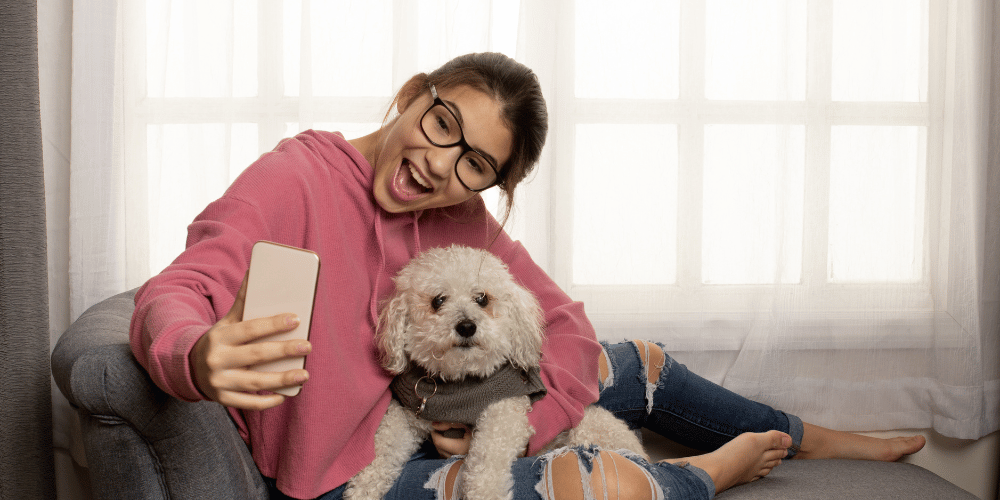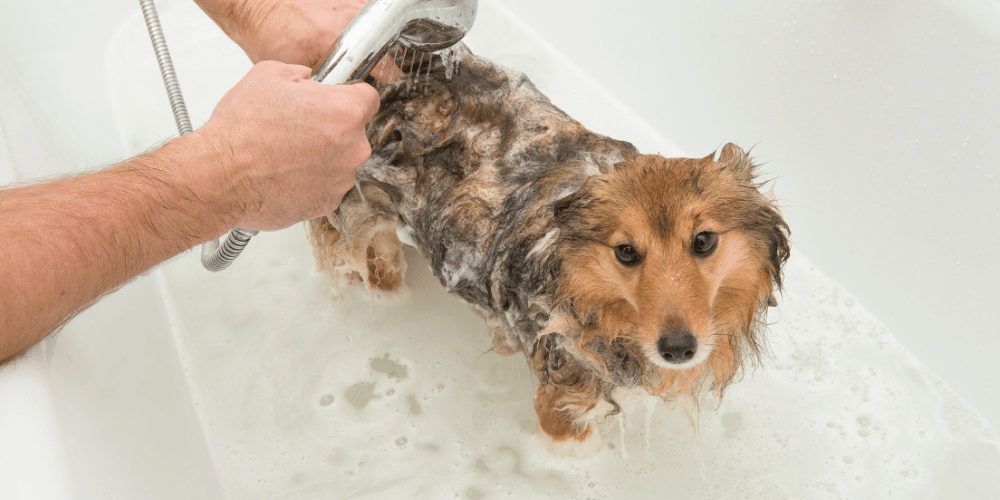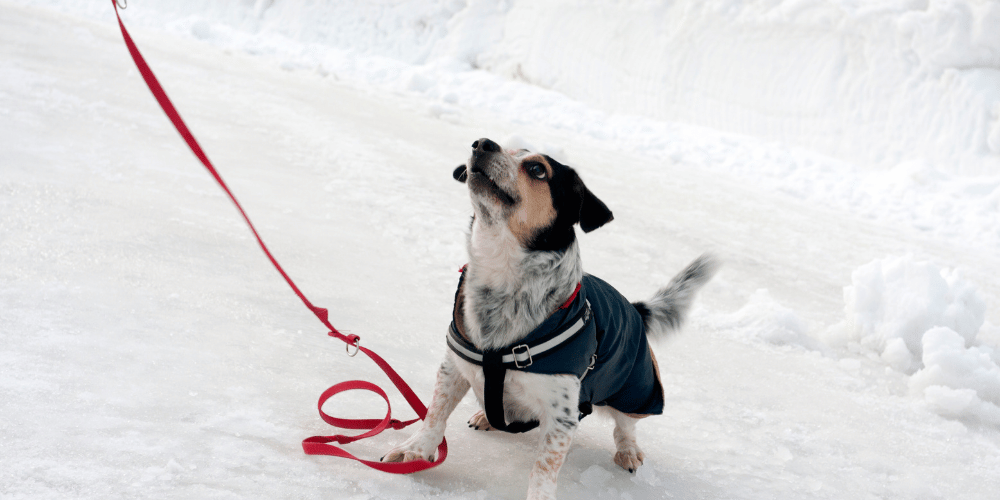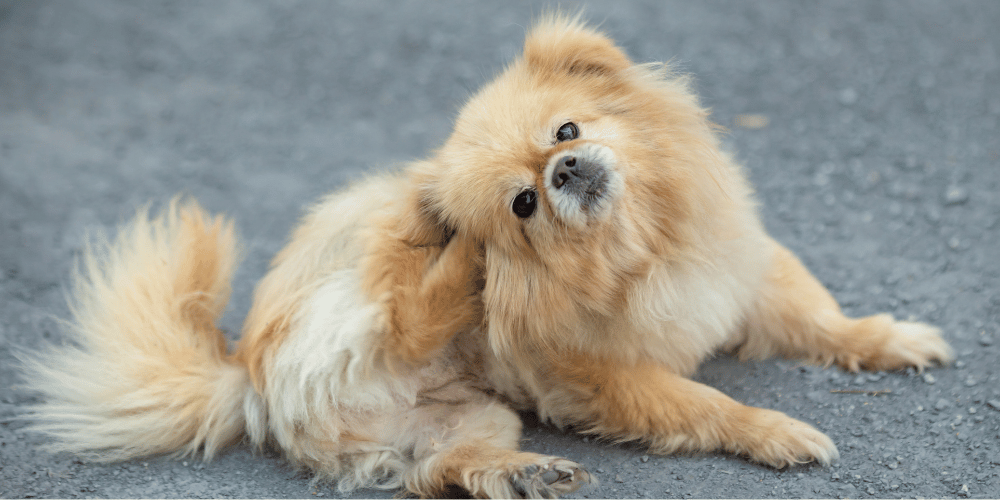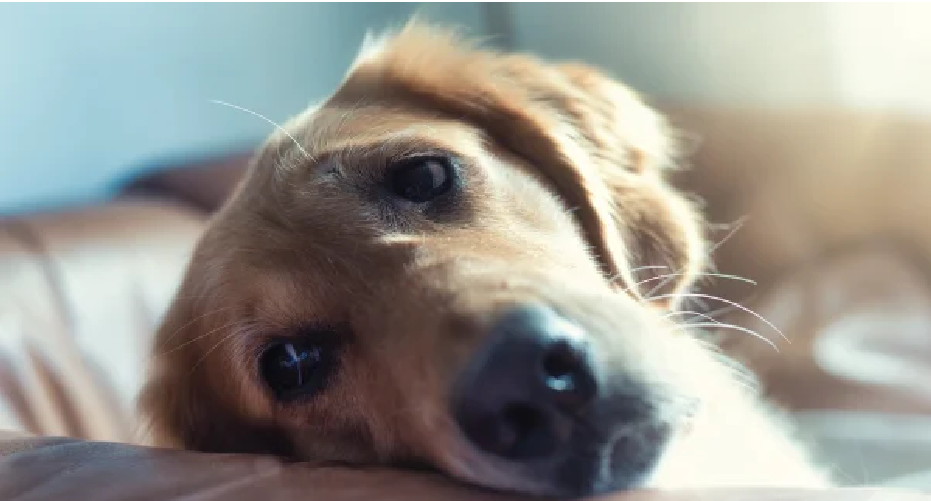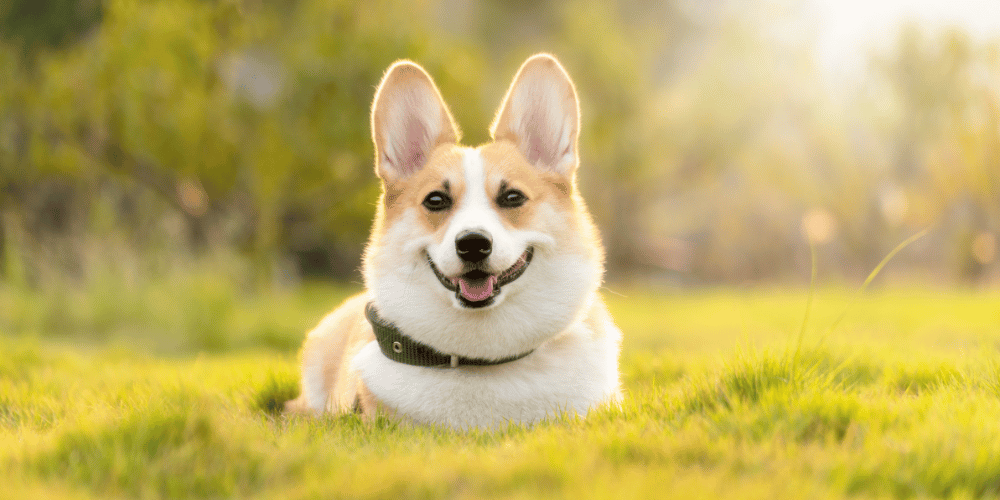
How many days do you think you could go without brushing your hair? Three days? A week? What about a haircut? Could you last a year?
Could you imagine eating out of the same bowl or off the same plate everyday without washing it in between?
We shouldn’t forget to take care of our pets as often as we look after ourselves. Here are some things we often forget to do for our best fur friend.
Close Comb
We humans can have extensive beauty routines that include brushing hair on a daily basis.
There are many benefits to implementing a regular brushing routine for your pet as well! Regularly brushing your dog or cat:
- Keeps your pets’ coat shiny and healthy
- Removes fur that has been shed, but is stuck underneath their top coat
- Prevents a build-up of knots and tangles in your pets’ coat
There are a wide array of brushes for dogs and cats on the market. For everyday brushing, a Gripsoft Double Sided Brush or Gripsoft Cat Brush will help keep your pet’s coat looking shiny and feeling healthy.
A Gripsoft Flea Comb is designed with fine teeth, and is suitable for removing fleas from both cats and dogs.
To see our dog grooming range, click here.
To see our cat grooming range, click here.
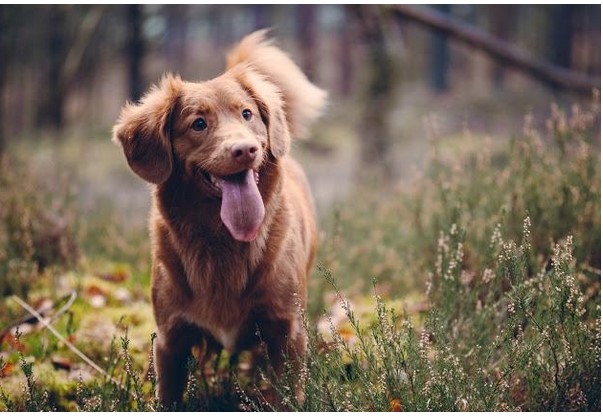
Check Their Skin and Coat
Just as you would check your skin for any spots or marks that shouldn’t be there, you should also be regularly checking your pets’ skin and coat. Fleas left to roam on a dog or cat can end up causing serious health issues such as anemia and what starts as a small allergic rash can quickly spread if left unchecked.
Make sure you regularly closely examine your pet for any sign of fleas, other parasites, allergies or any other skin conditions. If you are unsure if a mark or spot on your pet is normal or not, always check with your veterinarian.
Check for fleas
Start by parting your pets’ fur with a comb behind their ears, on the back of their neck and around their hindquarters, all the while looking for the presence of flea excrement. It will appear as brown flecks that look like dirt in your pet’s fur. To check that it’s not just dirt, wipe some of the brown flecks onto a paper towel and wet with water. If the dirt is flea faeces, it will turn a reddish-brown colour when wet.
Check for allergies
While you’re checking for fleas, also check your pets’ skin for signs of allergies or other skin conditions. Signs your pet may be affected by allergies including itching, red or irritated skin, itchy ears, or swelling of the face, ears, lips, eyelids, or earflaps.
Fungal infections are another common skin condition in pets. Ringworm is one of the most common fungal infections affecting both dogs and cats and can appear as circular, red patches where hair may have fallen out. It is highly contagious so if you suspect your pet has ringworm, seek the advice of your veterinarian for the best treatment and tips on preventing the infection from spreading to other animals or yourself.
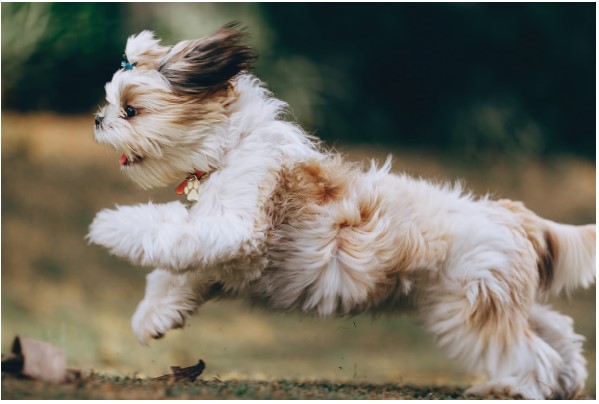
Water-fast Pet Preventatives
Before you go outside, you might grab your hat, sunnies and sunscreen to protect yourself from the elements. But do you often think of protecting your pet from parasites that lie in wait outside? Choosing a water-fast pet preventative will ensure your pet is safeguarded against nasties, especially if they like swimming or play at the beach.
Many spot-on treatments specify that your pet should be kept dry for 48 hours before and after treatment, as wet skin will make many treatments less effective. Bayer has a range of water-fast products to protect your pet from fleas. Let your pet make a flea-free splash with Advocate, Advantage or Advantix.
If your dog can’t wait to be in the water, an oral product like Simparica or Nexgard may be a better option as you are not required to keep them dry in order to give the ingredients time to get to work on their skin.
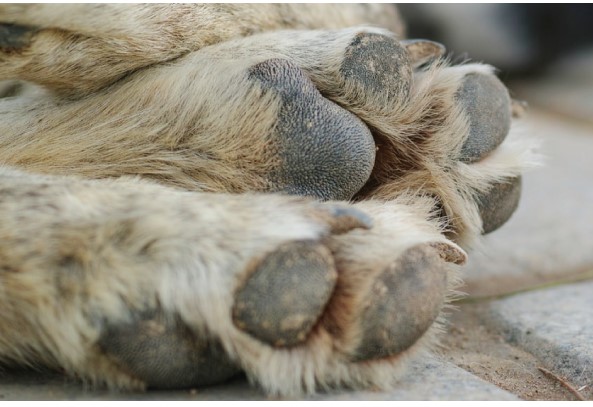
Keep Their Nails Trimmed
Having nails that are too long is both uncomfortable and impractical, for both you and your pets! Keeping your pets’ nails trimmed is also a good way to prevent accidental scratching of people and furniture.
Before you even think of going anywhere near your pet with nail clippers, you first need to get your pet used to you touching their paws (touch desensitization training).
Once your pet is more comfortable with you holding their paw for a minute or two, you can introduce them to their nail clippers. Make sure you purchase nail clippers just for your pet as they are specially designed with soft grip handles and cutting guards.
There are a wide range of pet nail clippers available. We recommend the Gripsoft Nail Trimmer with its durable spring action handles for any dog breed and the Gripsoft Cat Nail Clipper are perfect for keeping your cat’s nails at a safe length. There are also nail clippers for medium or large dogs, as well as smaller breeds of animals, so be sure to select the right size for your pet.
You can view our full range of nail clippers here.

Eyes and Ears
You might not think to look in your pet’s ears until something is wrong with them, but prevention is always better than needing a cure.
Quickly and easily keep your pets’ ears clean, free from wax and odours by using a specialised ear cleaner such as Ilium Ear Drops. They are suitable for both cats and dogs and contain antibacterial, antifungal and insecticidal ingredients to prevent bacterial and fungal infections and deters mites.
Unsightly stains around your pet’s eyes can be caused by problems with your pet’s tear ducts, ingrown eyelashes, eye problems or they are simply more susceptible due to their breed (Maltese, Pugs, Shih-tzu, Pekingese, Himalayans, and Persians are particularly prone).
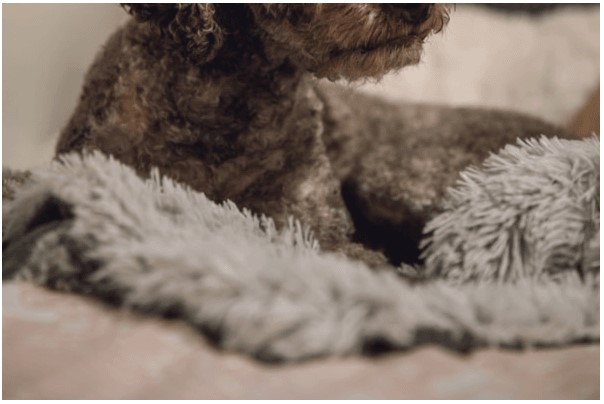
Keep It Clean
- Wash Food and Water Bowls
You wouldn’t forget to fill your pets’ food and water bowls, but when was the last time you cleaned them? Ideally, pet dishes should be cleaned daily to prevent the build-up of bacteria and to keep their bowls fresh. If their bowls are starting to crack or fade, consider buying a new one.
- Wash Your Pets Belongings
Just as you should wash your own bed sheets weekly, you should also wash your pet’s bedding weekly to remove any flea eggs, larvae or pupae. Keeping the area where they sleep clean is important and you should regularly vacuum around the area to pick up loose fur and to prevent flea infestation.
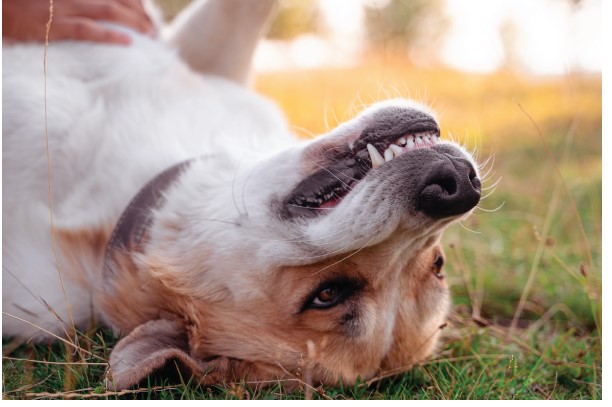
Mouth and Nose
It’s always a great idea to keep your pets’ oral hygiene in mind, as untreated dental problems can end in an expensive trip to the vet for the removal of rotten teeth. Carefully check your pets’ mouth and gums regularly, and watch how and when they eat to see if there are changes or if they seem to be having any difficulty which can be one of the first signs that something is wrong. Other tips include:
- Regular dental check-ups at the vet
- Swap to a dental treat that is tasty and also good for them
- Give your pets’ diet an upgrade with specialty dental food
If you are feeling up to the task, you can even brush your pets’ teeth! You can view our specialised range of toothbrushes and toothpaste for pets here.
